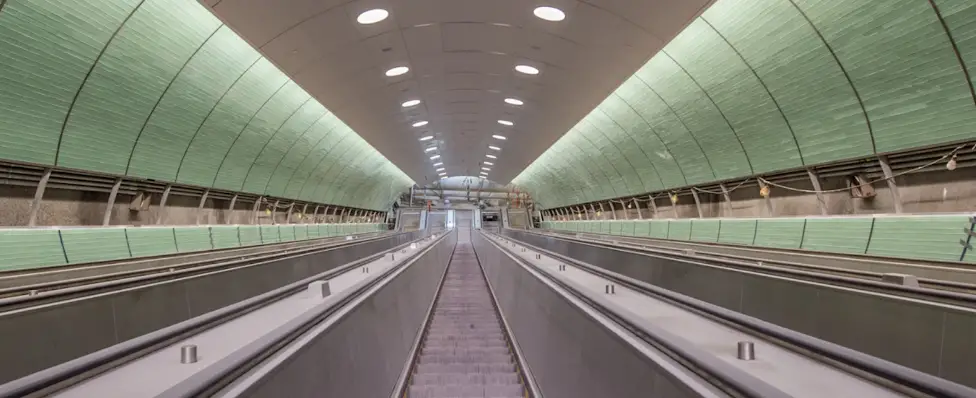The Metropolitan Transportation Authority(MTA), a public benefit corporation responsible for public transportation in the New York City metropolitan area of the U.S. state of New York, has completed the construction on the East Side Access project.
The project, which has been under development since the 1950s, is the first expansion of the Long Island Rail Road (LIRR) route in Eastside Manhattan and one of the largest train infrastructure projects to be built in the U.S.
Also Read: Texas Central signs US$16B contract for high-speed rail project
Encompassing over 40 miles of new track running through various Manhattan and Queens locations, including about 13 miles of newly excavated tunnels the East Side Access Project will connect all 11 LIRR service lines to the new concourse below Grand Central Terminal.
Set to open this December, the rail route will bring in commuters from various destinations across Long Island and Queens to the new 350,000-square-foot East Side Access concourse at Grand Central.
Features of the new concourse at Grand Central and intentions for the East Side Access Project
The new terminal features new entrances along Madison Avenue, including 25 retail storefronts, Wi-Fi and cell service amenities, digital signage with real-time information, and new art installations. In addition, commuters will have access to 17 182-foot-long escalators, which will take them down to the mezzanine of the train terminal, located 140 feet below Park Avenue.
According to Governor Andrew Cuomo, the US$ 11bn transformative East Side Access project is intended to ease commuting into Manhattan’s East Side, by cutting down travel time by 40 minutes and doubling the number of incoming LIRR trains by about 24 trains per hour. The project is expected to serve up to 162,000 customers a day.
Cuomo also mentioned that the East Side Access project would help with reducing the crowding at the Penn Station and the other neighboring subway lines. He pointed out that reducing the number of trains heading to Penn station was particularly important, due to its insufficient track capacity and because at the moment, riders would enjoy a more pleasant experience at the Grand Central than at Penn.
